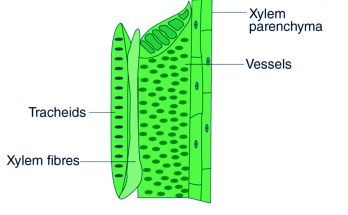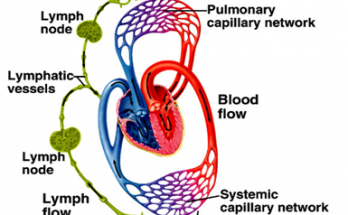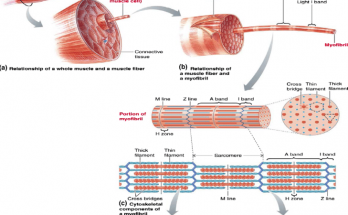Xylem Diagram
A neatly labeled xylem diagram to understand xylem tissue. Xylem consists of vessel elements, tracheids, fibers and parenchyma cells each with unique functions in water and nutrient transport and structural support. Important features such as cytoplasm, the nucleus and bordered and simple pits are also shown in the diagram. Students can use this easy-to-draw diagram for their assignments and exams.
Xylem Diagram Read More




